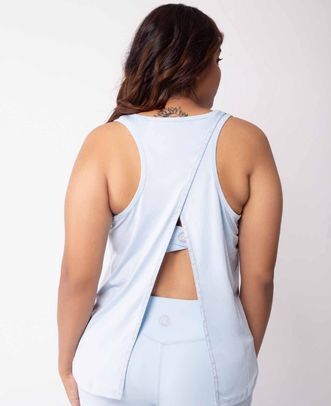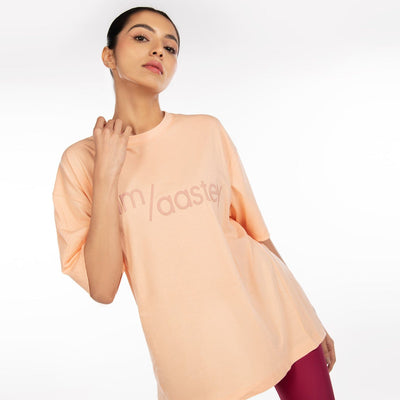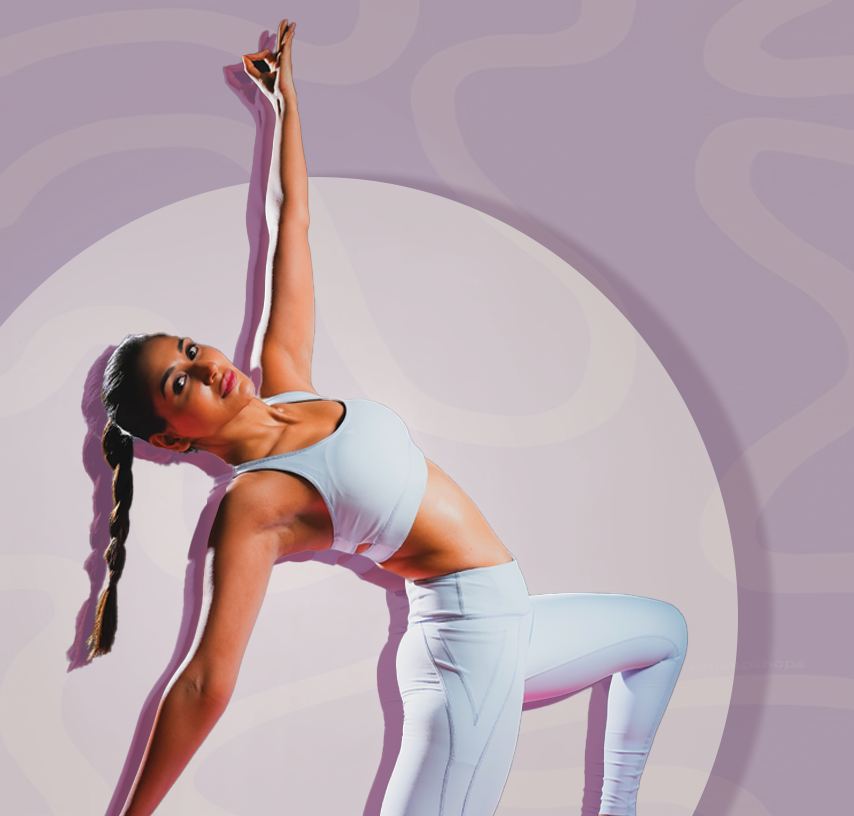mandukasana, also known as the frog pose or frog position, is a yoga pose that is easy to perform and has several benefits. this pose is named after the frog as it resembles the way a frog sits. it is a simple pose that is suitable for beginners and can be performed by people of all ages. let’s delve deeper and find out what mandukasana is, how to perform it, and the benefits it offers.
what is mandukasana?
mandukasana is a yoga pose that involves sitting in vajrasana or the thunderbolt pose and then bending forward to touch the ground with your forehead. it is a simple pose that is suitable for beginners and can be performed by people of all ages.
the word "manduk" means a frog in sanskrit, and the pose is named after the frog as it resembles the way a frog sits. the mandukasana yoga is also called bhekasana, which means frog pose in hindi. the pose is a variation of the vajrasana or thunderbolt pose, which is a sitting posture that is commonly used for meditation and pranayama. it is a popular pose and most of us have heard of uttana mandukasana several times.
who can do mandukasana yoga?
mandukasana or the frog stretch offers several physical and mental benefits and is an excellent addition to any yoga practice. however, before trying any yoga pose, it is essential to know whether it is suitable for your body type, fitness level, and health conditions. let us find out who can practice mandukasana yoga and its variations.
mandukasana is a gentle yoga pose and can be practised by people of all ages and abilities. this pose is advantageous for those who spend long hours sitting, as it stretches the thighs, hips, and lower back. mandukasana benefits are many.
it is also beneficial for those who suffer from digestive issues, such as constipation, bloating, and acid reflux, as it stimulates the digestive system.
furthermore, this pose helps reduce stress and anxiety levels by calming the mind and regulating blood pressure. it is ideal for people who have a sedentary lifestyle and want to incorporate gentle stretches and movements into their daily routine. you must have seen a lot of mandukasana images online and that would help you understand the frog pose yoga better.
who should avoid mandukasana yoga?
mandukasana, or the frog pose (manduka in sanskrit meaning frog), is often recommended for people who have digestive issues, such as constipation and is also said to help improve flexibility in the hips and knees. there are numerous benefits of mandukasana. however, like any physical activity, uttan mandukasana or mandukasana, in general, is not suitable for everyone. here are some categories of people who should avoid mandukasana yoga.
-
pregnant women: pregnancy is a time when women need to take extra care of their bodies, and certain yoga poses, including mandukasana, can be harmful during this time. this pose involves a deep stretch of the hips, which can cause strain on the pelvic region, and this can be dangerous during pregnancy. therefore, pregnant women should avoid this pose.
-
people with knee or hip injuries: mandukasana involves a deep stretch of the hips and knees. therefore, people who have had previous injuries to these areas should avoid this pose. stretching beyond the body's limits can lead to further injuries, and this can result in more severe complications in the long run.
-
people with back problems: people who suffer from chronic back pain or have any back issues should avoid mandukasana. this pose involves bending forward, and this can cause additional strain on the lower back, leading to more pain or discomfort.
-
people with digestive disorders: while mandukasana is said to help with digestive issues, people with severe digestive disorders like inflammatory bowel disease, ulcerative colitis, or crohn's disease should avoid this pose. this is because this pose puts pressure on the abdomen, and this can exacerbate the symptoms of these conditions.
-
people with high blood pressure: mandukasana can also cause a significant increase in blood pressure. therefore, people with high blood pressure should avoid this pose. the sudden increase in blood pressure can be harmful to their health, leading to more severe complications in the long run.
as with any physical activity, it is important to listen to your body and not push beyond your limits. before trying any new yoga pose, it is recommended to consult a qualified yoga instructor or healthcare provider to determine whether it is safe for you to practice.
mandukasana yoga procedure
mandukasana is an excellent pose for stretching and strengthening the hips, knees, and back muscles. additionally, mandukasana can help to improve digestion, stimulate the abdominal organs, and release tension from the body. now, we will explore the step-by-step procedure for performing mandukasana yoga.
step 1: begin by coming to a kneeling position on the mat. ensure that your knees are hip-width apart, and your toes point straight behind you. place your hands on your thighs and take a few deep breaths to settle into the pose.
step 2: inhale deeply and lengthen your spine. as you exhale, slowly begin to bend forward, lowering your chest towards the floor. rest your forehead on the mat, and place your arms alongside your body.
step 3: once you have lowered your chest to the floor, bring your elbows in towards your navel, and place your palms on top of each other. you can either interlace your fingers or rest your hands on your belly.
step 4: take a few deep breaths in this position, allowing your body to relax and release tension. you should feel a deep stretch in your hips and knees. stay in this position for 30-60 seconds, or as long as it feels comfortable for you.
step 5: to come out of the pose, slowly lift your head and torso back up to a seated position. take a few deep breaths and repeat the pose as desired.
tips for practising mandukasana yoga:
-
if you experience discomfort in your knees or hips, try placing a cushion or blanket under your knees for added support.
-
avoid this pose if you have any knee or hip injuries or if you are pregnant.
-
if you have any medical conditions or concerns, consult with a healthcare provider before practising this pose.
-
warm up before attempting the pose. a few simple stretches can help to prepare the body for the pose.
-
focus on breathing deeply and slowly throughout the pose, allowing the body to relax and release tension.
-
only go as far as feels comfortable for your body. do not force your body into the pose if you experience any pain or discomfort.
-
if you have any medical conditions or concerns, consult with a healthcare provider before attempting the pose.
by following the above steps and tips, you can safely and effectively practice this pose to enhance your overall health and well-being.
mandukasana benefits
mandukasana is a yoga posture that offers many physical and mental benefits. it is an intermediate-level pose that can help to stretch and strengthen the hips, knees, and back muscles. additionally, it can help to improve digestion, stimulate the abdominal organs, and release tension from the body. let’s explore the numerous benefits of mandukasana yoga in detail.
-
improved digestion:
mandukasana can help to improve digestion by stimulating the abdominal organs. the pose puts pressure on the digestive system, which can help to relieve constipation and other digestive issues. it can also help to regulate bowel movements and improve the overall functioning of the digestive system.
-
increased flexibility:
mandukasana is an excellent pose for improving flexibility in the hips, knees, and back muscles. it can help to stretch and strengthen these areas of the body, making them more limber and less prone to injury. with regular practice, you may notice an increase in your range of motion and flexibility.
-
reduced stress:
mandukasana can help to reduce stress and tension in the body. the pose encourages deep breathing, which can help to calm the mind and relax the body. it can also help to release tension from the muscles, leaving you feeling more relaxed and at ease.
-
improved posture:
mandukasana can help to improve posture by strengthening the muscles of the back and hips. by practising this pose regularly, you can develop better alignment and posture, reducing the risk of back pain and other postural issues.
-
stimulated abdominal organs:
mandukasana stimulates the abdominal organs, including the pancreas, liver, and spleen. this can help to improve the functioning of these organs, leading to better overall health.
-
lower blood pressure:
mandukasana can help to lower blood pressure by reducing stress and tension in the body. the pose encourages deep breathing, which can help to calm the mind and reduce anxiety. with regular practice, you may notice a decrease in your blood pressure levels.
by incorporating this pose into your regular yoga practice, you can enjoy these benefits and enhance your overall health and well-being.
level of difficulty
mandukasana is considered an intermediate-level pose in yoga. it requires some level of flexibility and strength to perform correctly. the pose requires a deep bend in the knees and hips, which can be challenging for some individuals. additionally, it requires a certain level of balance and stability to hold the pose for an extended period.
for beginners, it is recommended to practice easier yoga poses before attempting mandukasana. these poses can help to build strength and flexibility in the hips, knees, and back muscles, preparing the body for more challenging poses.
mandukasana can be challenging for beginners, but with practice and patience, it can be a beneficial pose for stretching and strengthening the hips, knees, and back muscles.
easy modification for beginners
mandukasana involves kneeling and bending forward, which can put a strain on the hips and knees. however, there are modifications that can be made to the pose to make it more accessible for beginners. here’s how you can make it easier for yourself:
-
use props:
using props can help to make the pose more accessible for beginners. placing a cushion or blanket under the knees can provide extra support and cushioning for the knees and hips. this can help to reduce discomfort and make the pose more comfortable.
-
modify the depth of the bend:
beginners may find it challenging to bend their knees deeply in mandukasana. instead, they can try a modified version of the pose by bending the knees slightly and keeping the hands on the thighs. this can help reduce the strain on the knees and hips while stretching the back muscles.
-
use a chair:
for those who have difficulty kneeling or sitting on the ground, a chair can be used to perform a modified version of mandukasana. place the chair in front of you and rest your hands on the back of the chair while bending forward. this can provide extra support and make the pose more accessible for beginners.
-
focus on breathing:
breathing deeply and slowly throughout the pose can help to reduce stress and tension in the body. beginners should focus on breathing deeply and evenly, allowing the body to relax and release tension.
-
take it slow:
it is important for beginners to take their time and not rush through the pose. moving slowly and mindfully can help to prevent injury and ensure that the body is properly aligned. beginners should focus on feeling the stretch in their muscles and listening to their body's limitations.
mandukasana can be a challenging pose for beginners, but with modifications and proper technique, it can be made more accessible. to make things easier and all the more convenient for yoga enthusiasts, aastey has come up with a range of yoga wear that includes sports bras, leggings, co-ord sets, yoga mats, and a lot more. made of recycled and sustainable materials, all the products at aastey are available in a wide range of sizes while keeping fashion and comfort in mind. be it an xs body type or an xxl, aastey has awesomeness to share with all body types and celebrate diversity together!

































